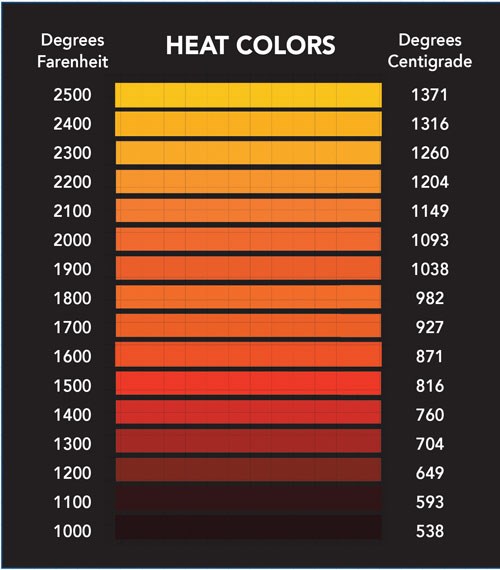Not really.
Every sample of material has an emission spectrum and corresponding absorption spectrum for any given temperature. The emission spectrum is exactly what it says on the tin: it is the spectrum of light emitted by the object when excited to do so, such as by being hot or, to say it another way, it is how susceptible the object is to emit light at each given frequency, which thus can vary depending on the frequency. The two spectra are complementary in that at any frequency an object is a good emitter, it is also a good absorber, and conversely: this follows from the fact of the time reversal symmetry of physics.
Planck's law applies to a "perfect black body". Such an object has a perfectly uniform emission and absorption spectrum, so it is equally responsive to light of all frequencies. Once heated, it gives off the characteristic glow color you describe. This is a spherical cow, just like a perfect vacuum, perfect conductor, rigid body, and so forth. For a realistic object, the actual emission will be Planck's law times the actual emission spectrum. However, for most materials the curve will still be close enough to a Planck curve that you will not easily be able to see much of a difference in the apparent glow, e.g. there is no known material, I believe, that can both be heated to the necessary temperature without being damaged in some way and also glows a green color, i.e. the emission spectrum is such that the reds are totally suppressed.


